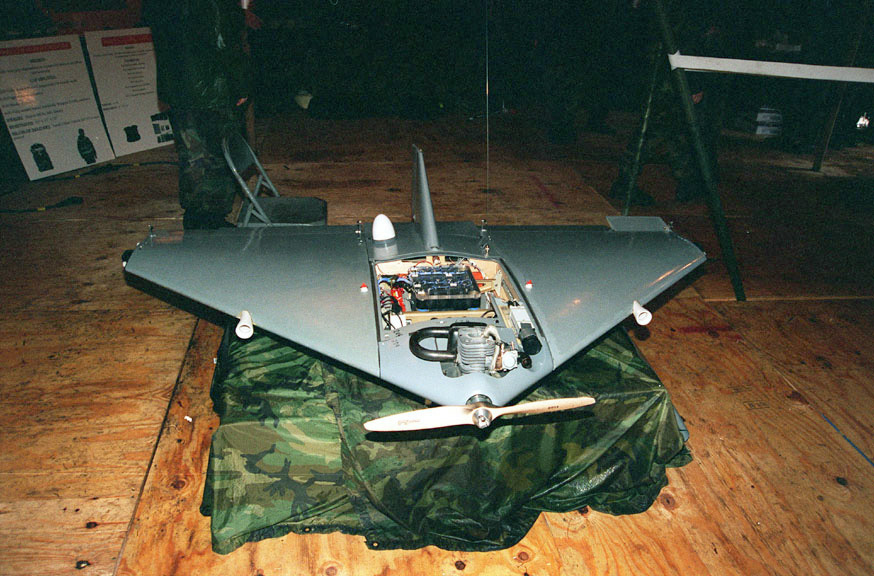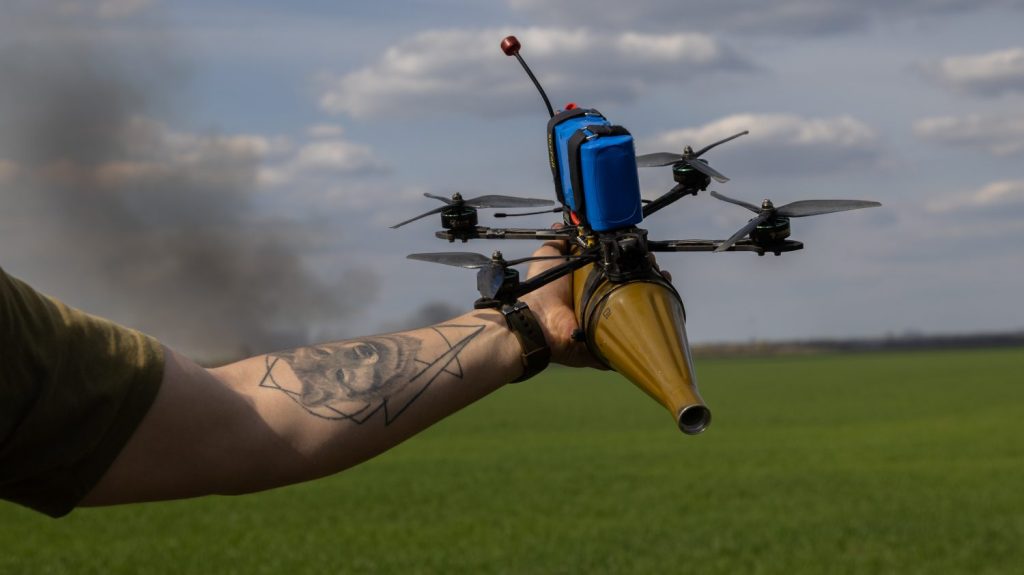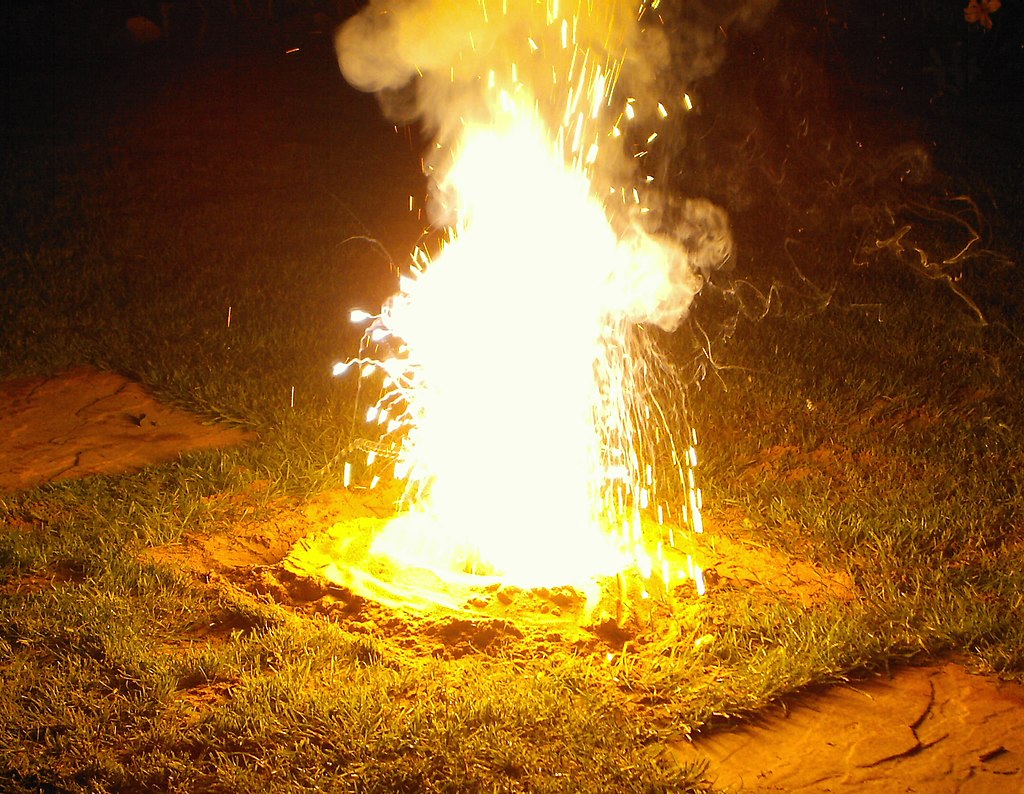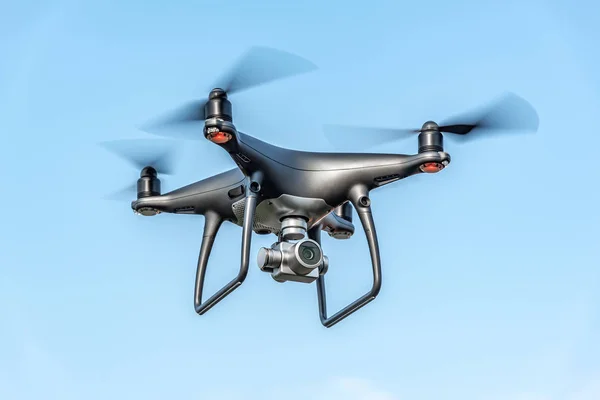
“Strike Drones are our wings of vengeance, bringing fire straight from the sky!” declared Ukraine’s 60th Mechanized Brigade in September 2024. That wasn’t a figure of speech; it was the announcement of one of the most striking innovations of this war: thermite-equipped ‘dragon drones’.
In a war of quick adaptation, Ukraine turned to drones dropping molten metal on Russian positions, merging century-old incendiary chemistry with modern unmanned systems. The weapons have gained worldwide attention not only for their destruction potential but also for the tactical and psychological changes they introduce on the battlefield.
Below is a listicle on nine of the most interesting facts about Ukraine’s dragon drones, from battlefield debut to the legal implications, on how they are changing combat dynamics in the ongoing war.

1. Battlefield Debut in Eastern Ukraine
In October 2024, the Ukrainian Ministry of Defense published footage of a thermite drone conducting an attack against a Russian tank near Minkivka. The video, attributed to the 30th Mechanized Brigade, showed several attack runs and a burning vehicle. While some outlets could not verify all the specifics in the imagery independently, it underlined a new operational capability that had been deployed just weeks after Kyiv started to field these drones in September.

2. The Science Behind Thermite Payloads
Thermite is a powdered mixture of aluminum and iron oxide that, once ignited, reaches temperatures up to 2,400° Celsius or 4,352° Fahrenheit. It also differs from explosives in that it creates neither blast nor thick smoke but rather molten iron that can burn through steel. Because the reaction is self-sustaining, thermite also operates with equal effectiveness underwater and in low-oxygen atmospheres-a factor that allows thermite to be quite versatile in disabling equipment, lighting fires, and destroying cover.

3. FPV Drones for Precision Delivery
The dragon drones make use of FPV systems to precision-place thermite exactly where it will do the most harm. It is these precision strikes on vulnerable points-such as tank hatches or bunker entrances-that even small payloads can trigger large fires, the means with which this technology has proved effective in attacks against entrenched positions in forests and against munitions stores.

4. Psychological Impact on Enemy Forces
Defense analyst Nicholas Drummond told CNN the physical damage was considerable, but the psychological effect may be greater: the sight of molten metal raining from the sky can induce panic and force troops to abandon positions. Reports have noted instances where Russian soldiers deserted after sustained drone attacks, highlighting how fear can be a force multiplier.

5. Tactical Role in Stripping Cover
Meanwhile, the Russian military has largely relied on thick lines of trees for cover; Dragon drones can burn away foliage and expose defensive positions to subsequent precision strikes. As Newsweek’s Jesus Mesa observed, in a drone-monitored conflict, natural barriers become critical, and removing them undermines Russian fortifications along the front.

6. Legal Boundaries under Protocol III
While there is no outright ban in international law regarding its use, the use of thermite is restricted under Protocol III of the Convention on Certain Conventional Weapons. It is forbidden to use air-delivered incendiaries against military targets situated in civilian concentrations, and strikes against forests are permitted only if combatants or military objectives are concealed in a forested area. The operators say that they target positions far away from the settlements to remain compliant.

7. Environmental and Humanitarian Concerns
The extreme heat generated by thermite also can cause fourth- and fifth-degree burns, which can destroy muscle, tendons, and even bone. Fires from these munitions also burn out of control and are devastating to local ecosystems. Human Rights Watch and the UN Office for Disarmament Affairs warned of severe environmental damage in dry forests and called for tighter regulation of incendiary weapons.

8. Russian Countermeasures and Imitation
Russian media have reported how effective Ukrainian dragon drones have become and said that Moscow has now started to work on models of its own. Videos have appeared online of incendiary-carrying Russian drones, hinting that both sides may ramp up their use of such munitions.

9. Strategic Outlook and Limitations
But while remarkably successful for their applications, thermite drones tend to have a rather limited area of effect compared with other incendiaries. Analysts caution that they are a niche capability rather than a replacement for conventional firepower; their greatest utility lies in precision strikes to degrade cover, disable equipment, and sap morale, complementing broader combined-arms operations.
The dragon drones of Ukraine epitomize ways in which even very old chemistry can be reborn through modern delivery systems to meet the demands of contemporary warfare. Precision, psychological impact, and tactical utility make them a powerful-if specialized-instrument in Kyiv’s arsenal. Their use also raises important legal, humanitarian, and environmental questions that will shape future doctrine. As both sides adapt, the thermite drone may become emblematic of this war’s blend of innovation and attrition.


